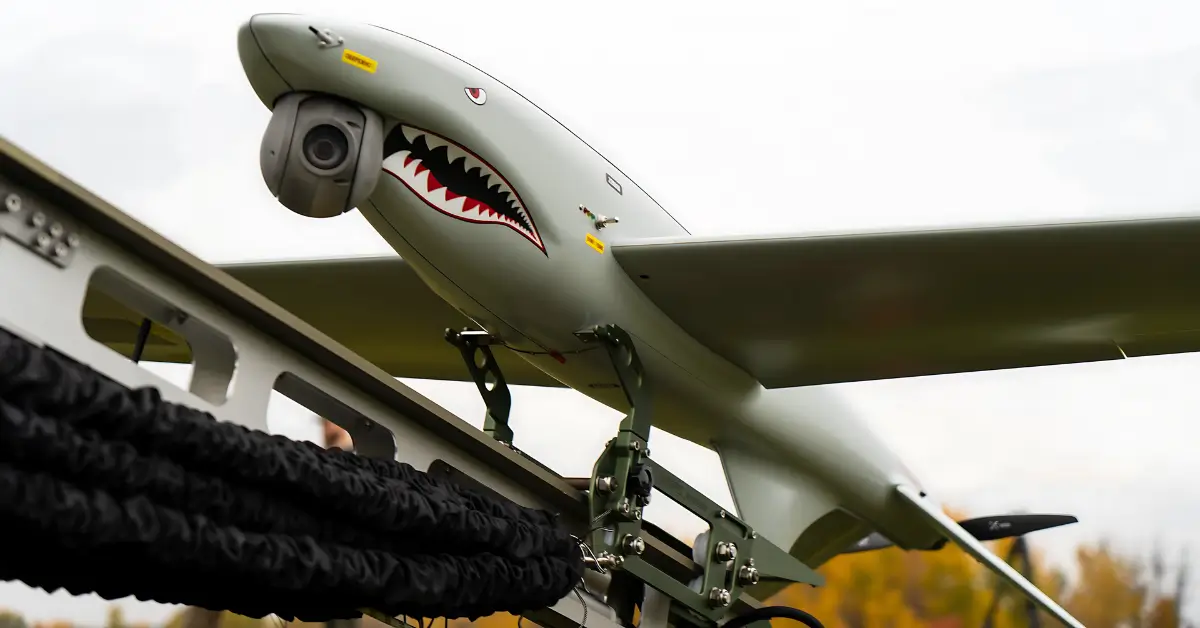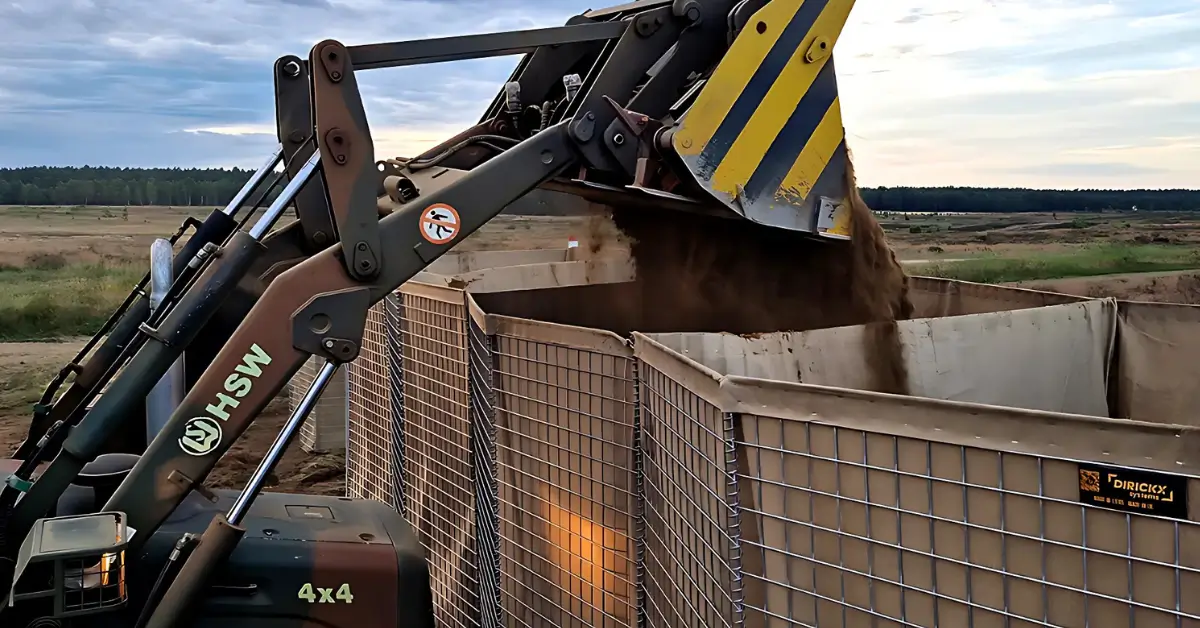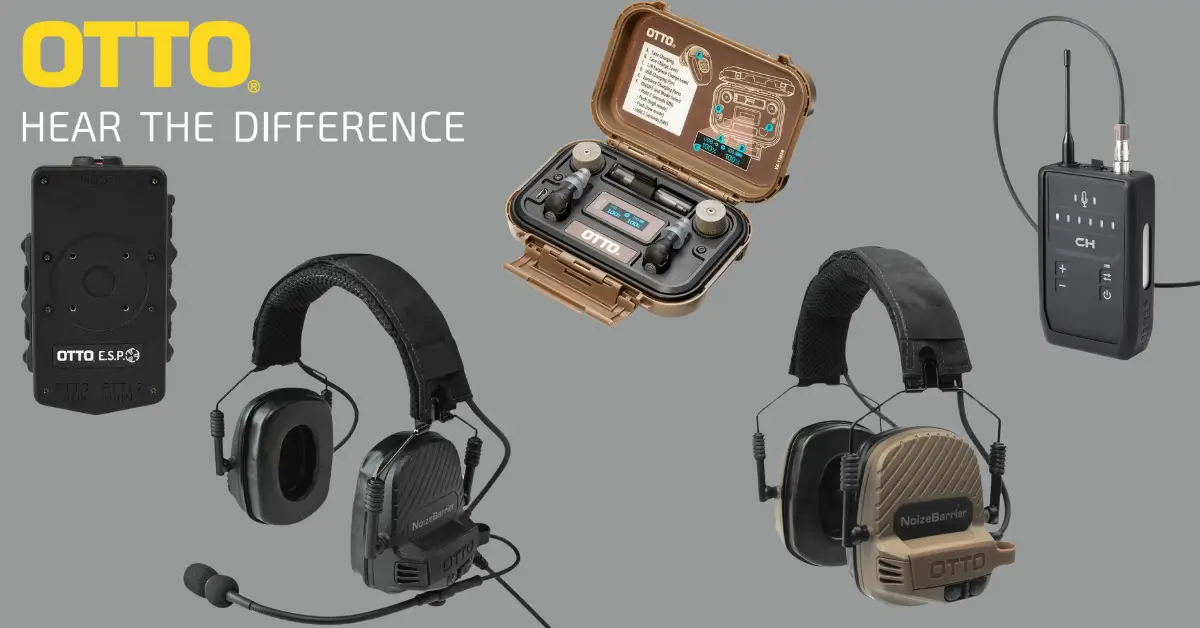Military drones, or Unmanned Aerial Vehicles (UAVs), have fundamentally transformed modern warfare. This guide, primarily focusing on aerial drones, equips defence procurement specialists with the knowledge to make informed decisions regarding drone system acquisition. We’ll explore the capabilities, applications, strategic considerations, and key factors for evaluating drone technologies to enhance your force’s mission readiness and operational effectiveness.
Reconnaissance Drones
Impact
Reconnaissance drones are force multipliers, providing critical intelligence and enhancing situational awareness. Their ability to gather and transmit real-time data makes them indispensable on the modern battlefield.
Kapacitet
- High-Definition Electro-Optical/Infrared (EO/IR) Sensors: These sensors capture detailed imagery and thermal signatures from significant altitudes, enabling precise target and terrain analysis.
- Real-Time Data Feeds: Stream live video and sensor data directly to command centres for immediate situational awareness and tactical decision-making.
- Extended Endurance: Advanced propulsion systems allow drones to remain airborne for extended periods (potentially days) for persistent surveillance.
- Wide Area Coverage: Survey vast geographical areas, making them ideal for large-scale operations and persistent monitoring.
Applications
- Aerial Surveillance: Monitor critical areas, track enemy movements, and identify potential threats.
- Battlefield Reconnaissance: Gather intelligence on enemy positions and fortifications for strategic planning and execution of operations.
- Border Security: Patrol remote regions to deter illegal crossings and provide early warnings of unauthorised activity.
- Maritime Surveillance: Ensure the security of naval operations by monitoring shipping lanes and detecting piracy threats.
- Sök och räddning: Provide aerial views of disaster zones, locate survivors, and identify safe routes for rescue teams.
Attack Drones
Impact
Attack drones significantly enhance military strike capabilities. Their precision and reduced risk to personnel make them highly effective for offensive and defensive operations.
Kapacitet
- Precision Targeting Systems: Equipped with advanced sensors and cameras to identify high-value enemy targets with pinpoint accuracy.
- Precision-Guided Munitions: Deliver a variety of lethal payloads (missiles, bombs) to designated targets, minimising collateral damage.
- Autonomous Capabilities: Advanced AI and autonomous systems enable drones to perform complex tasks with minimal human intervention, increasing operational efficiency.
- Electronic Warfare (EW) Suite: Disrupt enemy communications and radar systems, providing an operational advantage.
Applications
- Precision Strikes: Eliminate high-priority enemy targets while minimising risk to ground troops.
- Counterterrorism: Neutralize high-profile threats and disrupt terrorist networks.
- Electronic Warfare: Detect, identify, and disrupt enemy radar and communication systems.
- Force Protection: Provide early warnings of enemy threats (incoming missiles, ambushes) to enhance troop safety.
Counter-Drone Measures and Jamming
Military drones must be prepared to defend against counter-unmanned Aerial System (C-UAS) technologies. This includes equipping drones with the ability to withstand and counteract hostile UAVs and anti-drone technologies. Effective C-UAS strategies encompass advanced detection and tracking systems, electronic jamming capabilities, and kinetic solutions to neutralise threats. Integrating these countermeasures into your drone systems ensures comprehensive defence against evolving UAV threats, safeguarding your operations and maintaining strategic advantage.
Ethical and Strategic Considerations
While military drones offer substantial advantages, they also raise significant ethical and strategic concerns:
- Minimising Civilian Casualties: The use of armed drones requires strict adherence to international law governing armed conflict to minimise civilian casualties.
- Privacy Concerns: Surveillance drones may inadvertently capture private information. Safeguards are necessary to protect privacy rights.
- Cybersecurity: Drones are vulnerable to hacking and cyberattacks, potentially compromising mission security.
- Autonomous Weapons: The development of fully autonomous weapon systems raises ethical questions about losing human control in lethal actions.
Nya teknologier
The rapid pace of technological innovation is constantly reshaping the military drone landscape. Here’s a glimpse into some exciting developments that will likely influence future drone warfare:
- Drone Swarms: Imagine coordinated groups of drones operating together as a single entity. This concept, known as drone swarming, utilises numerous smaller, interconnected drones to overwhelm enemy defences, conduct complex reconnaissance missions, or saturate air defences. The potential benefits include increased mission flexibility, redundancy (if one drone is lost, others can continue the mission), and the ability to confuse and overwhelm adversaries.
- Counter-Drone AI (Artificial Intelligence): As drone technology proliferates, so does the need for robust counter-drone measures. AI is playing an increasingly important role in this area. AI-powered systems can analyse vast amounts of data to detect and track hostile drones more effectively. Additionally, AI can automate jamming and neutralisation techniques, allowing for faster and more precise counter-drone responses.
- Advanced Autonomy: While current drones often require significant human input, the future points towards a greater degree of autonomy. AI developments enable drones to perform complex tasks with minimal human intervention, such as target identification, path planning, and tactical decisions in dynamic environments. This increased autonomy can improve response times, reduce operator workload, and enhance mission effectiveness.
- Biomimetic Design: Nature continues to inspire drone development. Researchers are exploring biomimetic design principles, drawing inspiration from birds’ and insects’ flight patterns and capabilities. This could lead to more agile, energy-efficient drones with improved manoeuvrability and endurance. Imagine silent, flapping-wing drones for covert reconnaissance or tiny insect-like drones for navigating complex urban environments.
By staying informed about these emerging technologies, military procurement specialists can make future-proof decisions that ensure their forces have access to the most advanced and effective drone capabilities.
Purchasing Considerations
Defence professionals should meticulously evaluate the following factors to ensure procured drones meet operational requirements and budget constraints:
- Krav för uppdraget: Clearly define the specific missions and operational environments where the drones will be deployed.
- Capabilities and Specifications: Carefully assess technical specifications like flight endurance, payload capacity, sensor types, and communication range to match mission needs.
- Integration and Compatibility: Ensure the drones can seamlessly integrate with existing military systems and platforms for interoperability.
- Software Updates and Development: Assess the vendor’s commitment to continuous software development and ability to provide regular updates. This ensures that drones remain effective against evolving threats and can adapt to new technological advancements.
- Life-Cycle Costs: Consider the total cost of ownership, including procurement, maintenance (spare parts, training), and operational costs (fuel, logistics).
- Vendor Support and Training: Evaluate the level of support and training the vendor provides to ensure seamless operation and maintenance of the drone systems.
Mastering Modern Warfare with UAV Technology
The transformative power they wield cannot be overstated as we enter the era of unmanned aerial vehicles (UAVs). Military drones’ capabilities to revolutionise surveillance, execute precision strikes, and deliver vital real-time data are reshaping the battlefield. This guide is not just an educational resource but a call to action for defence procurement specialists to seize the full potential of drone technology.
For those looking to delve deeper into the world of military drones or to address specific procurement challenges, Dimitry Kovtunenko, a distinguished Drone Specialist at MSS Defence, is available for consultation. Leveraging his expertise will ensure your acquisition decisions are well-informed and strategically sound. Do not hesitate to contact Dimitry to guide you through the complexities of modern drone warfare and help equip your force with cutting-edge UAV technology.



